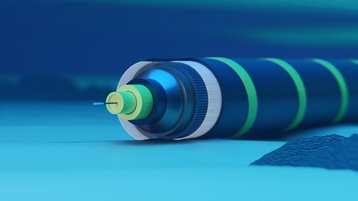Four of the five subsea cables that connect Vietnam to the wider Internet are in need of repairs.
The cause of the damage to the cables in late January is not yet known, but state media blamed Internet service providers.
Service and reliability have been greatly impacted, with only one subsea cable, SeaMeWe-3 (SMW3), reported to be operating to its full functionality.
Asia-Africa Europe 1 (AAE-1), Intra Asia (IA), Asia-America Gateway (AAG), and Asia Pacific Gateway (APG), are all experiencing problems, with the latter two completely offline.
This has led the general secretary of the Vietnam Internet Association (VIA) Vu The Binh to call for more subsea cables to connect the country, according to the local publication Vietnam Plus.
Binh has called for two to three new cables in the next five years to meet the growing demand.
According to VP, military-run provider Viettel is devising re-routing plans to help traffic on the remaining sea and land cables, while additional emergency capacity is being snapped up to maintain service quality.
Weighing in on the discussion, a spokesperson for Vietnam Posts and Telecommunications Group (VNPT) labeled the incident as an unfortunate “force majeure.”
Vietnam is set to be connected by two more subsea cables soon, with the Southeast Asia-Japan Cable 2 (SJC2) and the Asia Direct Cable (ADC) expected to be operational in 2024 and 2023 respectively, per TeleGeography's subsea cable map.
The one fully functional subsea cable, SMW3, which stretches 39,000km from Western Europe to as far east as Australia, is set to be decommissioned soon.

